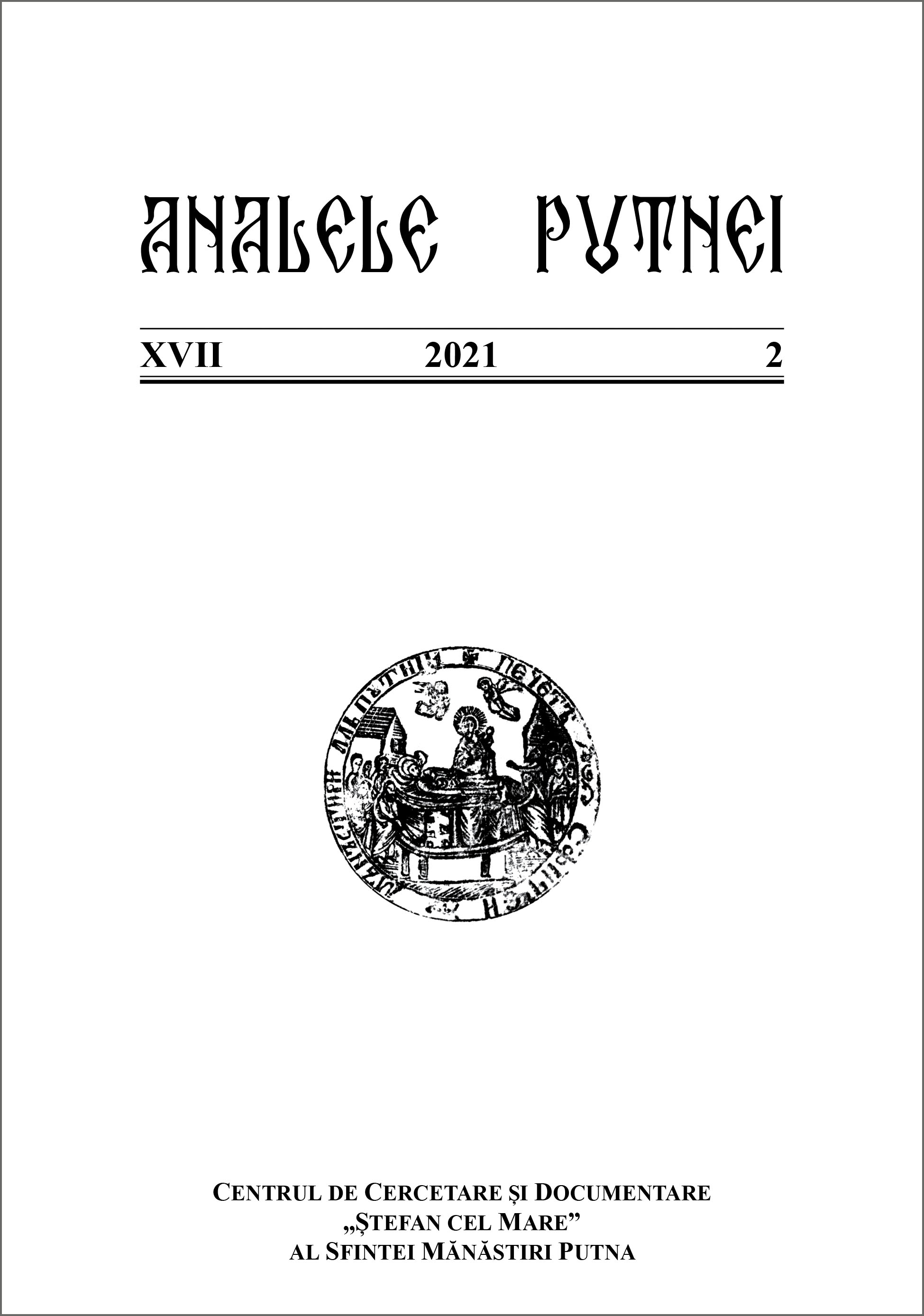Despre călugărirea silită a Elenei Rareș (1552). Între canon și mentalitate medievală
Of Elena Rareș’s Forced Monastic Tonsure (1552). Between Canon and Medieval Mentality
Author(s): Iustin (Ionuț) TabanSubject(s): History, History of ideas, Local History / Microhistory, Modern Age, 16th Century
Published by: Centrul de cercetare şi documentare ŞTEFAN CEL MARE
Keywords: Elena Rareș; Alexandru Lăpușneanu; Moldavia; 1552–1553; canons; forced monastic tonsure;
Summary/Abstract: In the present study we investigate the political practice of forced monastic tonsure of some royal family members of Moldavia and Wallachia in the 16th–17th centuries, a Byzantine-inherited custom by which political challengers were permanently removed from the circle of power and, through a symbolic mutilation of the nose and ears, were stigmatized visually and socially. We focus on the case of Elena Rareș, Petru Rareș’s wife, who antagonized Alexandru Lăpușneanu (1552–1561), seeking to impose her sons on the throne, which led to her forced monastic tonsure and seclusion in a monastery in the fall of 1552. She was executed by Lăpușneanu in 1553. Our research also reveals certain mentalities of the Moldavian society: the practice of forced monastic tonsure, although canonically questionable by the standards of the 21st century, was assumed at that time by clergy, bishops, boyars and the people as a legitimate way for the disgraced pretenders to atone for their political mistakes and to redeem their soul before God through monastic penance. It was widely regarded as a more humane and spiritual punishment than the death penalty, the decision being left to the clemency of the monarch, who ultimately had the right of life and death over his subjects.
Journal: Analele Putnei
- Issue Year: 2021
- Issue No: 2
- Page Range: 107-122
- Page Count: 16
- Language: Romanian
- Content File-PDF

